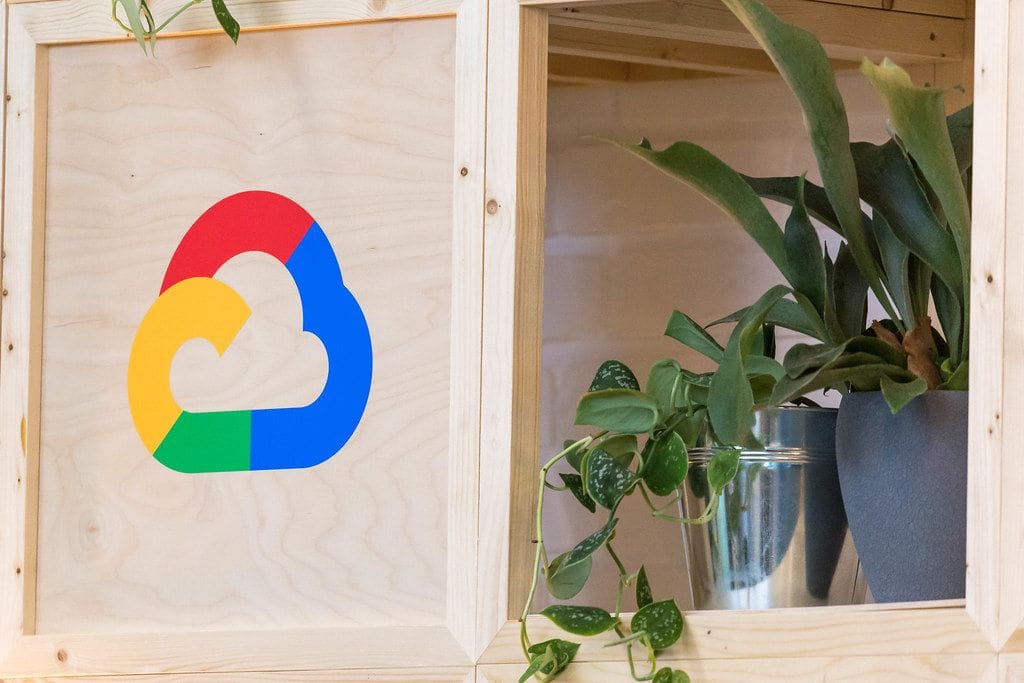In today’s business landscape, cybersecurity is essential, especially in the face of the growing threat of ransomware attacks. To help organizations mitigate these attacks, Google Cloud offers a series of security controls that facilitate identification, protection, detection, response, and recovery from cyber incidents.
The Ransomware Threat
Ransomware is a type of malware that infiltrates systems to encrypt and steal data, demanding a ransom to restore access. This type of attack can be initiated through mass campaigns seeking vulnerabilities or targeted attacks on specific organizations. Common attack vectors include phishing emails with malicious links and exploitation of software vulnerabilities.
Once inside the system, ransomware communicates with control servers to obtain encryption keys, spreading through the network, encrypting data, and exfiltrating it. Affected organizations face not only data loss and potential ransoms but also significant damage to their reputation.
Security Controls in Google Cloud
Google Cloud integrates multiple layers of security designed to protect its customers against ransomware. These include:
Secure Infrastructure: Designed for security throughout the information processing lifecycle.
Integrated Security Features: Threat monitoring, threat detection, data loss prevention, and access controls.
High Availability: Regional clusters and global load balancers.
Backup: Scalable and automated services for data management.
Automation: Use of infrastructure as code and configuration barriers to prevent insecure configurations.
Google Cloud Threat Intelligence and VirusTotal are key tools that help track and analyze malicious software, providing real-time threat intelligence.
Security in Google Workspace, Chrome, and Chromebooks
In addition to Google Cloud, other Google products such as Google Workspace, the Chrome browser, and Chromebooks offer additional security controls:
Google Workspace: Protects against phishing emails and malicious attachments, with advanced quarantine and detection capabilities.
Chrome: Secure browsing that alerts users to malicious sites, protection against reuse of compromised passwords, and site isolation to prevent the spread of malicious code.
Chromebooks: Read-only operating systems, automatic updates, isolated application environments, and Titan C security chips to authenticate users and protect the operating system.
Future Strategies
To further strengthen security against ransomware, Google recommends implementing best practices and zero trust techniques. Additionally, organizations should ensure they have a robust security and resilience framework to ensure operational continuity in the face of adverse cyber events.
Google Cloud provides a solid foundation for protecting organizations from ransomware attacks, offering a combination of secure infrastructure, advanced tools, and best practices to maintain security and resilience in the digital environment.

